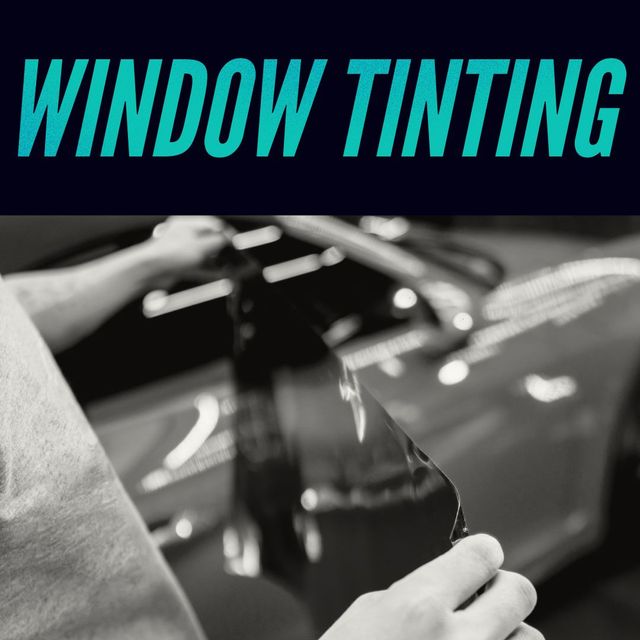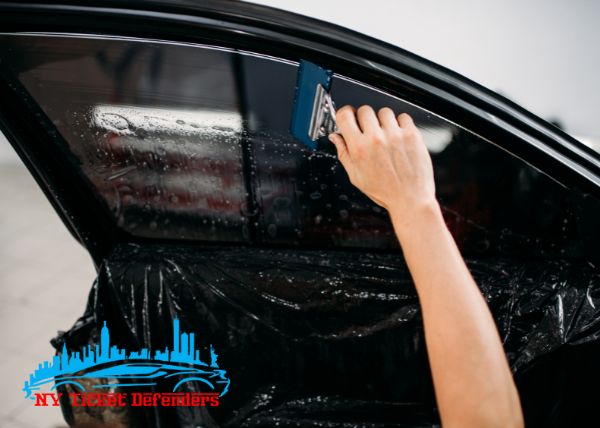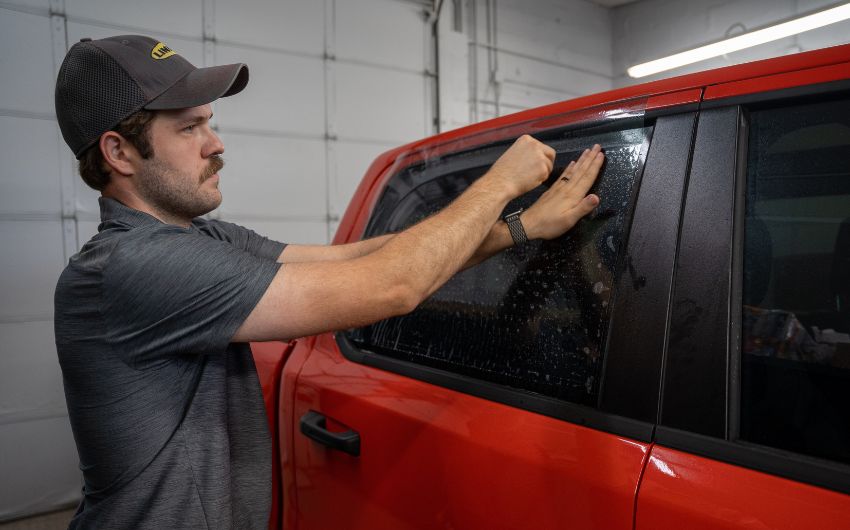Top-Rated Vehicle Window Tinting Services in Your Location
Top-Rated Vehicle Window Tinting Services in Your Location
Blog Article
Home Window Tinting Regulations and Standards: What You Need to Know Prior To Tinting Your Car
Before proceeding with home window tinting for your lorry, it is important to familiarize on your own with the varied laws and standards that regulate this method throughout various states. These policies determine the allowable degrees of tint darkness, frequently gauged by noticeable light transmission (VLT) percentages, and include certain terms for front windshields intended at making certain roadway security. Additionally, certain territories might offer clinical exemptions for individuals with qualifying problems. Understanding these intricacies can conserve you from potential lawful ramifications, however what are the specific rules in your state?
Introduction of Home Window Tinting Laws
Home window tinting legislations are regularly based on variant across different territories, mirroring local guidelines and safety and security considerations. These laws dictate the permissible levels of tint darkness and reflectiveness on lorry home windows, making sure that motorists maintain adequate exposure while additionally safeguarding versus damaging UV rays and heat.
A lot of guidelines classify home window tinting based on the Visible Light Transmission (VLT) percentage, which indicates the amount of light that can travel through the home window. Usually, reduced VLT portions indicate darker colors. Laws usually differentiate in between the front, side, and back home windows, with more stringent restrictions put on the front windscreen to improve security for both the vehicle driver and other road customers.
Compliance with home window tinting regulations is critical, as violations can result in fines, mandatory removal of the color, and potential boosts in insurance coverage costs. It is essential for vehicle proprietors to acquaint themselves with regional legislations before proceeding with window tinting setups.
State-by-State Color Laws
Recognizing the particular home window tinting laws in each state is important for automobile owners looking for to adhere to the regulation. Each state in the U.S. has actually established its own set of rules regulating home window tinting, which can vary considerably. These guidelines often dictate the permitted levels of color darkness, the kinds of home windows that can be tinted, and any medical exemptions that may apply.
For instance, states like California have rigorous constraints on color darkness for front home windows, while others, such as New Mexico, might permit darker colors. Furthermore, specific states mandate specific exposure portions for various home windows, consisting of the windshield, front side windows, and rear windows. It is essential for car proprietors to familiarize themselves with their state's laws to avoid prospective penalties or penalties.
Moreover, some states might call for an accreditation sticker to be put on colored windows, suggesting compliance with state legislations. Failing to follow these guidelines not only takes the chance of lawful repercussions yet can likewise affect safety and security and exposure while driving. Lorry proprietors should conduct complete research or speak with regional authorities to ensure complete understanding and conformity with state-by-state tint laws.
Allowed Tint Levels and Kinds
Numerous car owners might be surprised to learn that allowed tint degrees and kinds differ widely throughout different states. Each state has established its very own laws concerning the allowable darkness and reflectivity of home window weblink tint, commonly measured by Visible Light Recommended Site Transmission (VLT) percents. VLT refers to the quantity of light that can travel through the tinted home windows; thus, a reduced percentage shows a darker color.

In addition, the kinds of color materials allowed can vary, with some states banning metallic or mirror-like finishes. It is crucial for automobile owners to familiarize themselves with their state's certain laws to make sure compliance. Non-compliance can lead to fines, compulsory elimination of the color, or various other legal repercussions, making it critical to recognize these laws prior to continuing with setup.
Medical Exceptions for Tinting
While not all states give allocations for medical exceptions concerning window tinting, those that do recognize the necessity for particular individuals to improve visibility and convenience because of medical conditions. Numerous medical conditions, such as lupus, skin cancer, and certain eye problems, can render people specifically conscious sunshine. Subsequently, these individuals may require darker colors to shield themselves from damaging UV rays and glare.

It is very important to note that despite having a clinical exemption, there might still be limitations on the level of tint enabled. Conformity with state legislations makes certain that individuals are both safeguarded and within legal limits. Those taking into consideration medical exceptions should contact their neighborhood Division of Motor Cars or equivalent authority to comprehend the needs and treatments required to apply for an exception properly.
Fines for Non-Compliance
Stopping working to adhere to window tinting regulations can bring about substantial fines, which differ by state. Legislation enforcement agencies are encouraged to release citations for cars that do see this here not abide by the defined tinting policies. These penalties commonly include penalties, which can vary from modest total up to numerous hundred bucks, depending on the seriousness of the infraction and the state in inquiry.
In some territories, repeated offenses might cause escalating fines or extra penalties, such as required court appearances. Moreover, non-compliance might demand the elimination of unlawful tinting, often at the proprietor's cost. In extreme situations, regular wrongdoers might deal with suspension of their vehicle enrollment till compliance is accomplished.
Additionally, insurance effects might emerge from getting several citations for window tint violations. Insurance companies might check out such infractions as a sign of riskier habits, potentially causing increased premiums or trouble in coverage.
To stay clear of these fines, it is vital for automobile owners to acquaint themselves with their local window tinting laws and make sure that their lorry complies (Window Tinting). This aggressive strategy not just avoids lawful implications yet likewise promotes roadway safety
Verdict

Many regulations classify home window tinting based on the Visible Light Transmission (VLT) percent, which shows the amount of light that can pass via the window. Conformity with window tinting laws is important, as infractions can result in penalties, compulsory removal of the color, and possible rises in insurance premiums.Understanding the specific window tinting laws in each state is important for lorry proprietors looking for to comply with the law. These guidelines typically determine the permitted levels of tint darkness, the types of windows that can be tinted, and any clinical exemptions that may apply.
For instance, states like California have rigorous constraints on tint darkness for front windows, while others, such as New Mexico, may allow darker colors.
Report this page